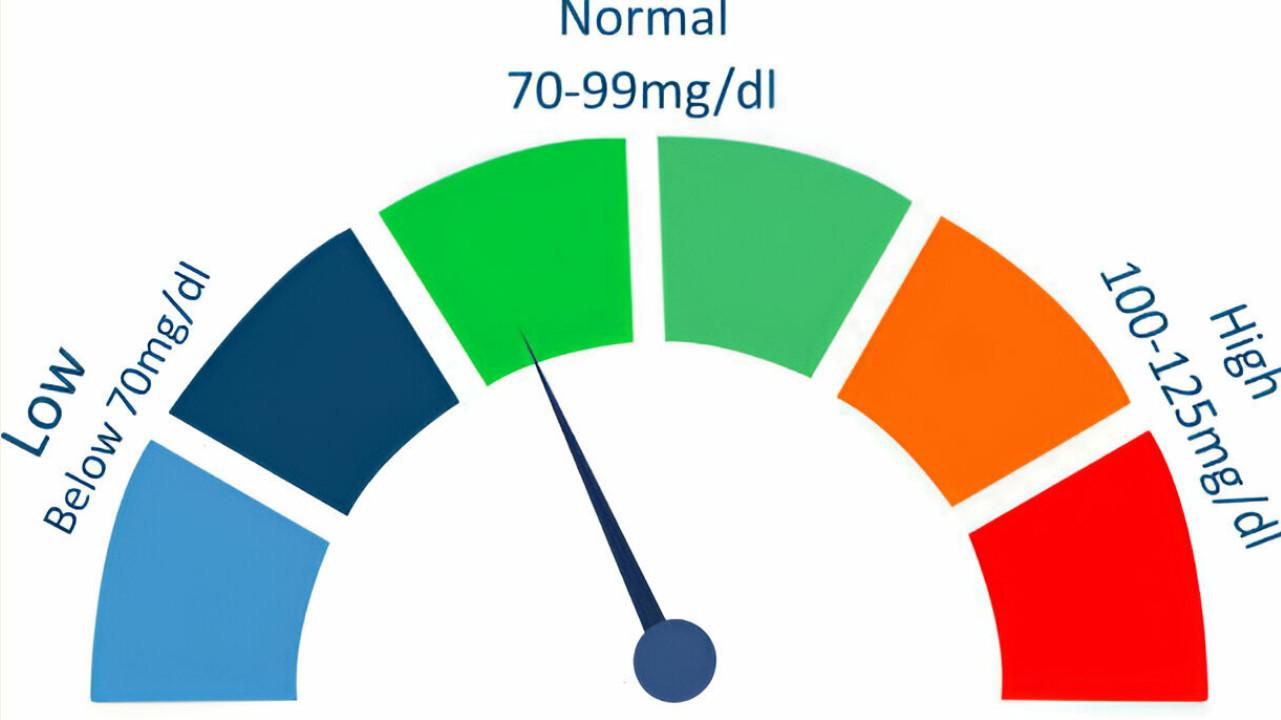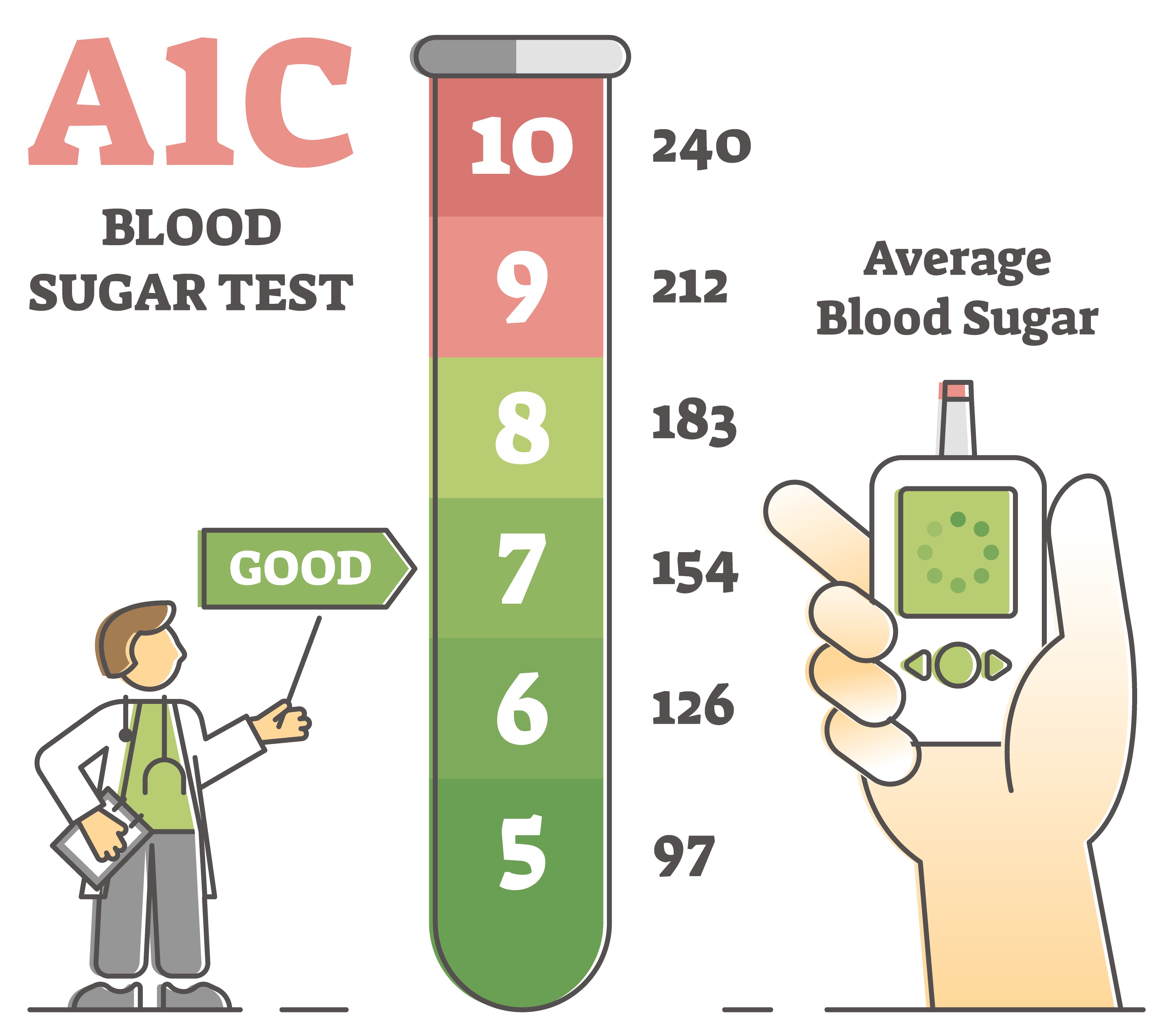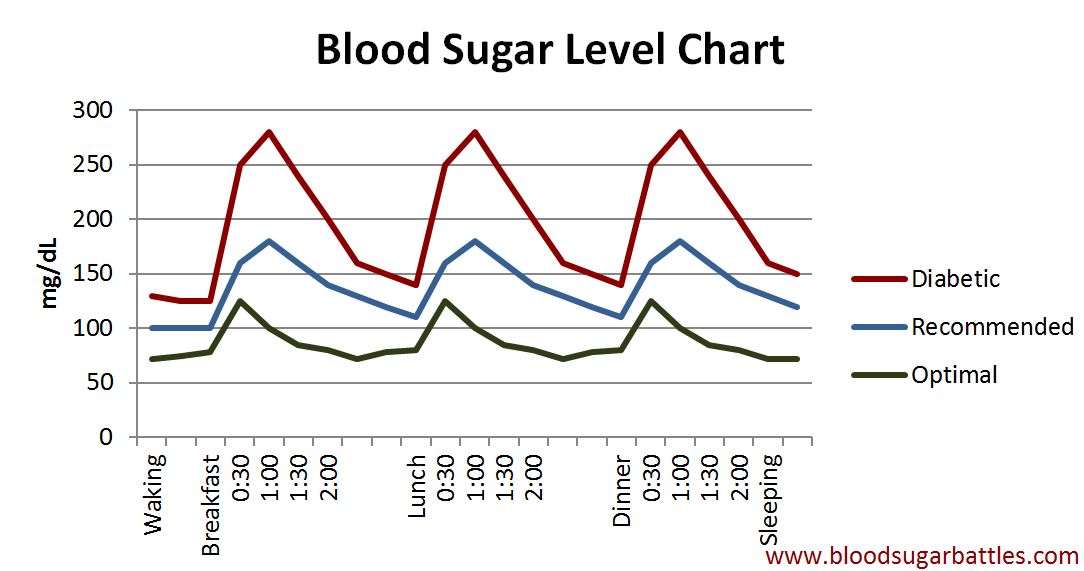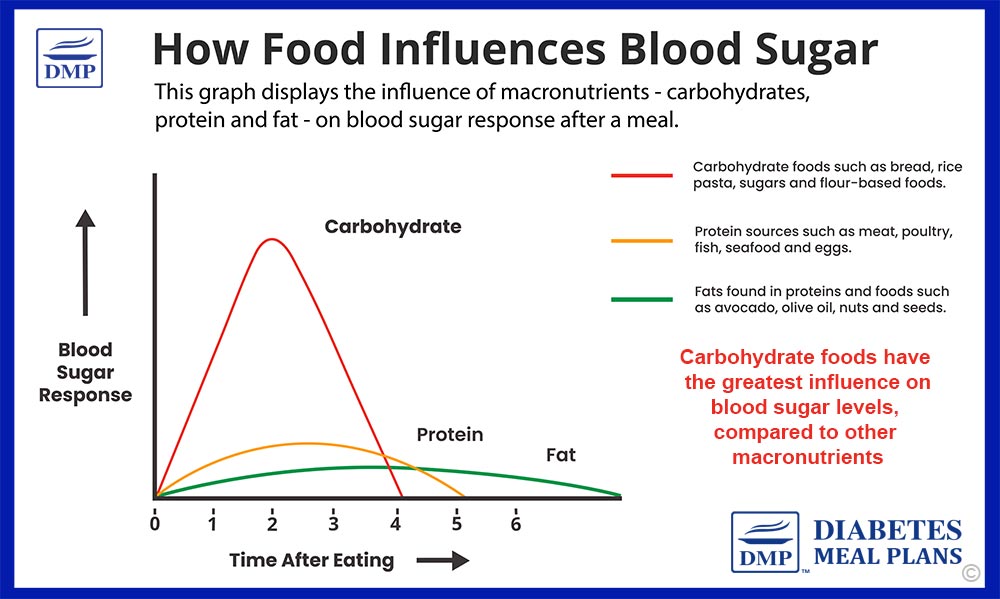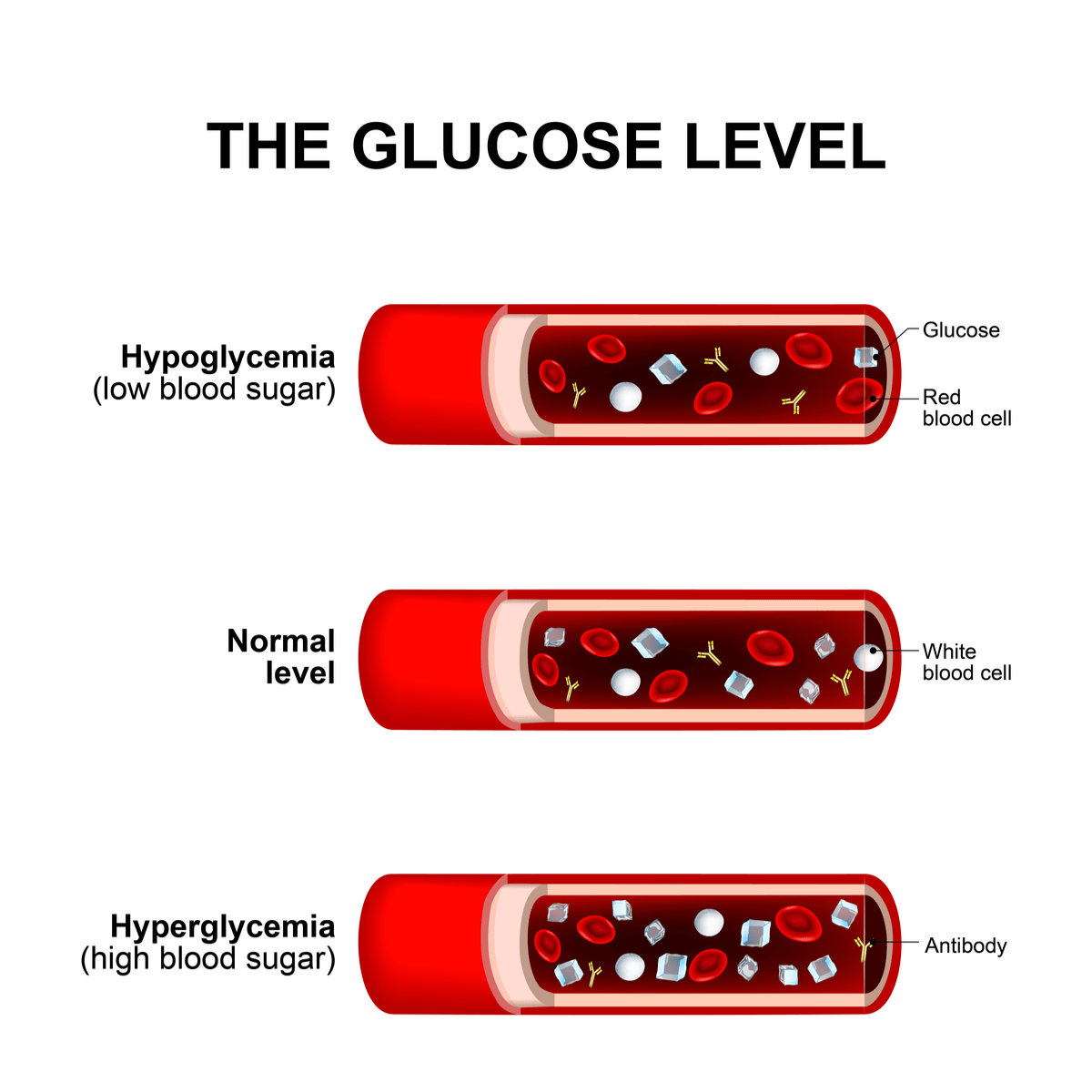How Long Does Sugar Stay In The Bloodstream

The question of how long sugar lingers in the bloodstream is a complex one, impacting everyone from individuals managing diabetes to athletes optimizing performance. Understanding the dynamics of blood sugar, or glucose, is crucial for maintaining overall health and well-being. Factors like diet, exercise, and individual metabolism play significant roles in determining this duration.
This article delves into the science behind blood sugar levels, exploring the typical timeframe for glucose processing, the factors influencing these levels, and the implications for various populations. By examining data from reputable organizations and expert opinions, we aim to provide a clear and comprehensive understanding of this vital aspect of human physiology. Understanding these processes empowers individuals to make informed decisions about their health.
The Basics of Blood Sugar and Metabolism
When we consume carbohydrates, our bodies break them down into glucose, the primary source of energy for our cells. This glucose enters the bloodstream, raising blood sugar levels. The pancreas then releases insulin, a hormone that acts like a key, allowing glucose to enter cells for immediate energy use or storage as glycogen in the liver and muscles.
The time it takes for blood sugar levels to return to normal after eating varies greatly. However, for a healthy individual with normal insulin function, blood sugar levels typically peak within an hour or two after eating and return to their pre-meal range within two to three hours. This process is a delicate balance involving multiple organs and hormones.
Factors Influencing Blood Sugar Duration
Numerous factors influence how long sugar remains elevated in the bloodstream. These include the type and quantity of carbohydrates consumed, an individual's insulin sensitivity, activity levels, and overall health. Even stress and sleep patterns can indirectly affect blood sugar regulation.
The Glycemic Index (GI) and Glycemic Load (GL) of foods are important considerations. Foods with a high GI and GL, such as white bread and sugary drinks, cause a rapid spike in blood sugar, which may take longer to return to baseline. Conversely, foods with a low GI and GL, like whole grains and non-starchy vegetables, release glucose more slowly, resulting in a more gradual and controlled rise in blood sugar.
Exercise plays a significant role in blood sugar management. Physical activity increases insulin sensitivity and helps muscles utilize glucose, leading to a quicker reduction in blood sugar levels. Conversely, a sedentary lifestyle can impair insulin sensitivity and prolong the time sugar remains in the bloodstream.
Individual health conditions, such as diabetes or insulin resistance, significantly impact blood sugar regulation. Individuals with these conditions often experience prolonged periods of elevated blood sugar due to impaired insulin production or function. This requires careful monitoring and management, often involving medication, dietary adjustments, and regular exercise.
Blood Sugar Levels and Health Implications
Prolonged periods of elevated blood sugar, known as hyperglycemia, can have detrimental effects on health. Over time, hyperglycemia can damage blood vessels, nerves, and organs, increasing the risk of heart disease, kidney disease, nerve damage (neuropathy), and eye damage (retinopathy). Managing blood sugar effectively is crucial for preventing these complications.
The American Diabetes Association (ADA) provides guidelines for target blood sugar ranges for individuals with diabetes. These guidelines typically aim for pre-meal blood sugar levels between 80 and 130 mg/dL and post-meal levels (one to two hours after eating) below 180 mg/dL. These are general targets and can be adjusted based on individual needs and health status.
Maintaining stable blood sugar levels is not only important for individuals with diabetes but also for overall health. Frequent fluctuations in blood sugar can contribute to energy crashes, mood swings, and increased cravings for sugary foods. Consistent healthy eating habits and regular physical activity can help stabilize blood sugar and improve overall well-being.
Practical Strategies for Managing Blood Sugar
Adopting a balanced diet is a cornerstone of blood sugar management. Emphasize whole, unprocessed foods, including lean proteins, healthy fats, and fiber-rich carbohydrates. Limiting sugary drinks, processed snacks, and refined grains is crucial.
Regular physical activity is equally important. Aim for at least 150 minutes of moderate-intensity exercise or 75 minutes of vigorous-intensity exercise per week. Incorporate both aerobic exercises, such as brisk walking or cycling, and strength training exercises, like weightlifting.
Monitoring blood sugar levels can provide valuable insights into how different foods and activities affect individual responses. This is particularly important for individuals with diabetes. Continuous Glucose Monitors (CGMs) are becoming increasingly popular, offering real-time blood sugar data and alerts for high or low levels.
Stress management techniques, such as meditation, yoga, and deep breathing exercises, can also help regulate blood sugar levels. Chronic stress can lead to increased cortisol production, which can raise blood sugar. Prioritizing sleep and relaxation can further support healthy blood sugar regulation.
Conclusion
The duration sugar remains in the bloodstream is a dynamic process influenced by various factors. While the typical timeframe for healthy individuals is a few hours, individual responses can vary significantly. Understanding these factors and adopting healthy lifestyle habits is crucial for maintaining stable blood sugar levels and promoting long-term health.
Consulting with a healthcare professional or registered dietitian is recommended for personalized guidance on blood sugar management. They can help develop a tailored plan based on individual needs, health conditions, and lifestyle factors. Proactive management of blood sugar levels is a vital investment in overall well-being.

